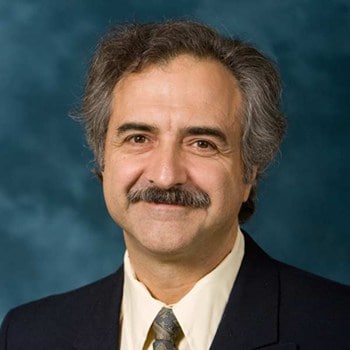Location
G650 IOE
Phone
Primary Website
Biography
Professor Martin taught courses in human performance/human factors. His current research interests are focused on 1) the study of vibration-induced alterations on sensory-motor systems, 2) biomechanical stress, 3) sensorimotor systems and 4) long term muscle fatigue. His research includes neurological, behavioral and modeling approaches.
Education
Research Interests
- Applications
Manufacturing
Transportation - Ergonomics & Human Factors
Biomechanics
Human Computer Interaction
Human Modeling
Human Motion
Human Vibration
Musculoskeletal Disorders
Rehabilitation Engineering
Professional Service
Awards
Publications
- Adamo DE., Martin, BJ. Position sense asymmetry. Exp. Brain Res.192(1): 87-95. 2009.
- Adamo DE, Barringer S, Kohdaee M, Johnson P, Martin BJ. Influence of age on muscle twitch force fatigue induced by intermittent and sustained low mean levels of grip exertions. Ergonomics. 52(10) 1287-97.2009.
- Kim KH, Choe SB, Haig, AJ, Martin, BJ. Adaptation of torso movement strategies in persons with spinal cord injury or low back pain. Spine. 35(19) 1753-1759. 2010
- Kim, K. H., Reed, M. P., Martin, B. J. A model of head movement contribution for gaze transitions. Ergonomics. 53(4) 447-457. 2010
- Srinivasan, D., Martin B. J. Eye-hand coordination of symmetric bimanual reaching tasks: temporal aspects. Exp. Brain Res. 203(2), 391-405. 2010
- Teulier, C., Ulrich, B. D., Martin B. J. Functioning of peripheral Ia pathways in infants with typical development: responses in antagonist muscle pairs. Exp. Brain Res. 208 (4), 581-593. 2011
- Adamo, D.E., Scotland, S., Martin, B. J. “Asymmetry in grasp force matching, and sense of effort” Experimental Brain Research. 217 (20), 273-285. 2012.
- Adamo, DE, Scotland D, Martin BJ. Movement sense asymmetry. Neuroscience letters. 516(2), 188-192. 2012
- Lee BC, Martinb BJ, Sienko K. Directional postural responses induced by vibrotactile stimulations applied to the torso. Exp. Brain Res. 222(4), 471-482. 2012
- Srinivasan D, Martin BJ. Does the Central Nervous System plan bimanual movements based on its expectation of availability of visual feedback? Human movement Science. 31(6), 1409-1424. 2012.
- Lee BC, Martinb BJ, Sienko K. Postural reorganization induced by torso cutaneous co-vibration. J. Neuroscience , 33(19) 7870-6. 2013
- Scotland S, Adamo DA, Martin BJ. Sense of effort revisited: relative contribution of sensory feedback and efferent copy. Neuroscience Let. 561:208-212. 2014
- Kim KH, Gillespie, RB, Martin BJ. Negotiated Control of the Manual and Visual Systems for Visually Guided Hand Reaching Movements. J NeuroEngin & Rehab. 11:102-113. 2014
- Martinb BJ, Lee BC, Sienko K. A cutaneous positioning system. Exp. Brain Res. 233(4): 1237-1245. 2015
- Garcia G, Laeubli T, Martin BJ. Long lasting fatigue effects in standing work. HFES . 57(7): 1162-1173.2015
